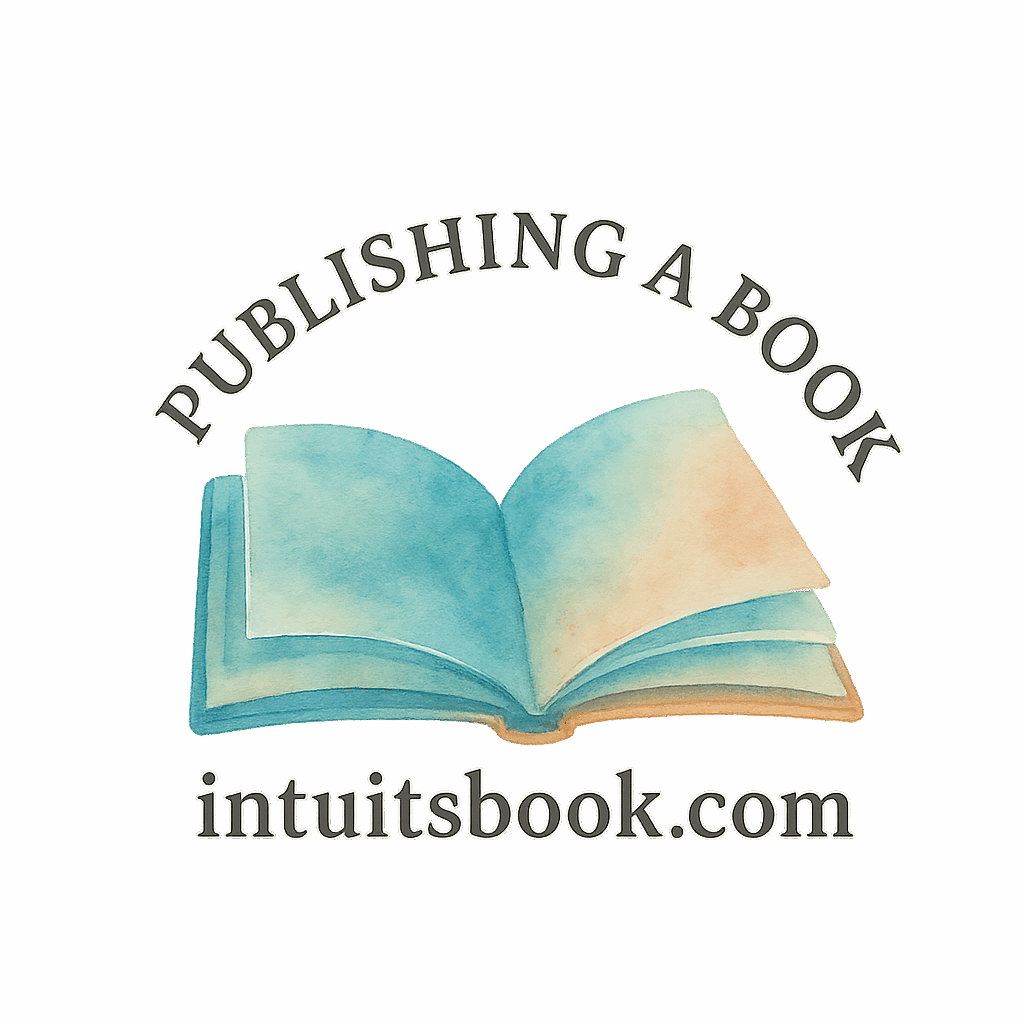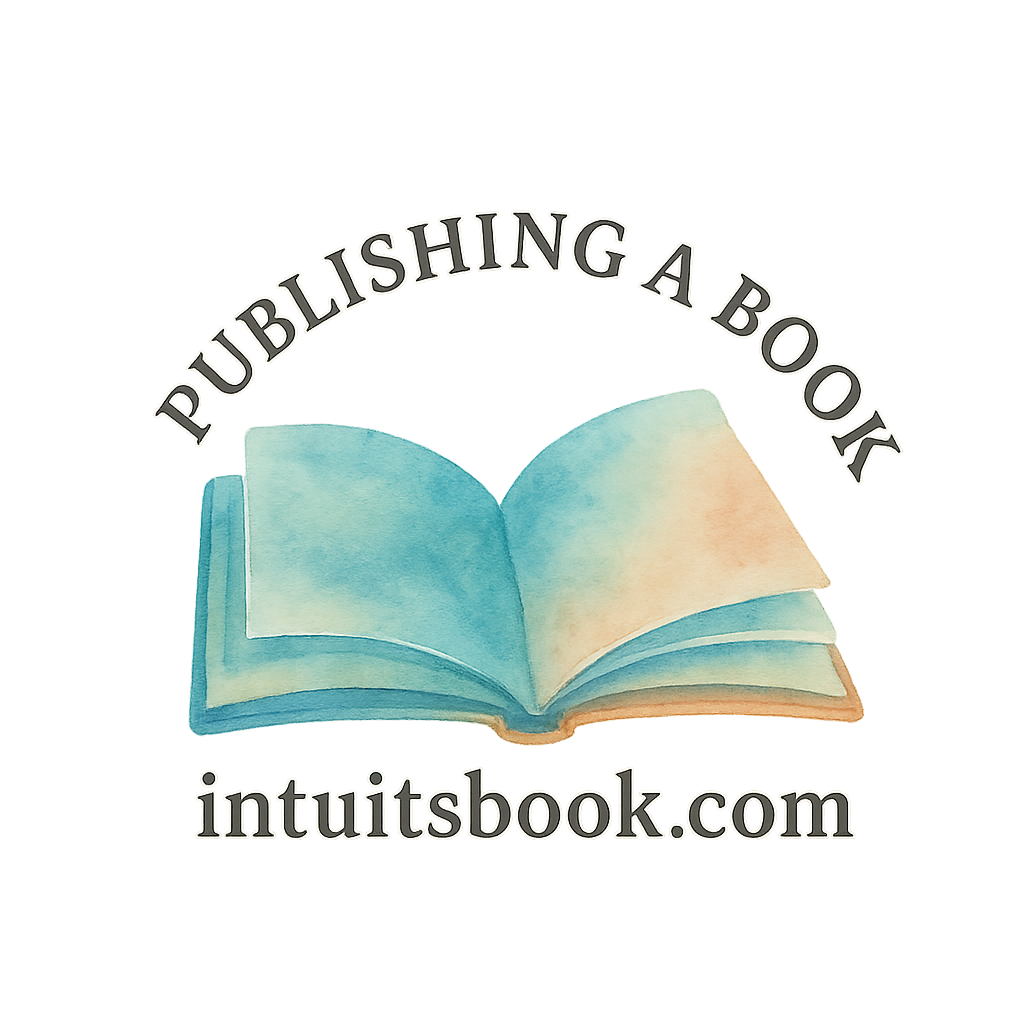Thinking about publishing a book? You’re probably torn between self-publishing and traditional publishing. It’s one of the first big choices you’ll make as a writer—and wow, it’s a biggie.
Both paths can get your book into readers’ hands, but how you get there? Totally different roads. And each comes with its own twists, turns, and (yes) potholes.
Let’s break down the 6 key differences between self-publishing and traditional publishing, so you can make the smartest move for your author career.
Introduction
Publishing has evolved dramatically. No longer do writers have to wait for gatekeepers to give them a green light. Today, independent authors are launching careers, selling thousands of books, and building loyal fanbases—all on their own terms.
But is that better than landing a deal with a big-name publisher?
Let’s dive into the big picture—and the small details—of self-publishing vs. traditional publishing.
🔗 Explore more about the writing process and how it influences your publishing choices.
1. Creative Control
Self-Publishing: You’re the Boss
When you self-publish, you call every shot. Want to write an experimental novel with dual timelines and zero punctuation? Go for it. Want to design your cover with a neon skull? Have at it.
- You choose your editor.
- You pick the layout and design.
- You write what you want—no censoring for market trends.
You’re not waiting for approval from a team of suits. You’re steering the ship. 🚢
Tip: Check out tools and advice for new authors via author tools and new author resources.
Traditional Publishing: A Team Effort (with Limits)
Traditional publishers invest money into your book. So naturally, they want a say in what it looks and sounds like. That means:
- Your manuscript may be rewritten for market appeal.
- Your cover might be chosen without your input.
- You may need to cut or change storylines.
It’s a collaborative process—but one where the publisher often has final say.
2. Speed to Market
Self-Publishing: Fast and Flexible
Self-publishing lets you hit “publish” whenever you’re ready. Some authors go from final draft to live on Amazon in under 30 days. Crazy, right?
- You control your timeline.
- You can publish multiple books a year.
- Need to fix an error? Just update your file.
Need help with your first manuscript? Explore these manuscript steps to streamline your process.
Traditional Publishing: The Waiting Game
If you’re going the traditional route, prepare to wait… a lot.
- Querying agents can take months.
- Even after acceptance, publishing can take 1–2 years.
- Your launch date is out of your hands.
It’s a marathon—not a sprint.
Curious about the process? Get solid query tips before you submit your manuscript.
3. Upfront Costs and Royalties
Self-Publishing: You Invest, You Earn
Self-publishing means paying for everything yourself—editing, design, ISBNs, and marketing. But the tradeoff? Higher royalties.
- Amazon pays up to 70%.
- You control your pricing.
- The more you sell, the more you earn.
Yes, there are free marketing tools, but great results often need some financial investment.
Want a step-by-step breakdown? Visit our self-publishing guide for a complete cost overview.
Traditional Publishing: No Costs, Lower Cut
With traditional publishing:
- You don’t pay anything upfront.
- You might get an advance (though it’s often modest).
- Royalties are typically 5–15%.
So, while there’s no financial risk, you’re also earning less per book.

4. Distribution and Reach
Self-Publishing: DIY but Wide Options
Self-publishers have amazing tools today—like Amazon KDP, IngramSpark, and Draft2Digital.
- Your book can be sold globally.
- You can go print-on-demand (POD).
- eBooks, paperbacks, and audiobooks are all possible.
But… you must manage it yourself.
Want help choosing platforms? Dive into our resources for independent authors.
Traditional Publishing: Built-In Networks
Big publishers have connections—bookstores, libraries, media.
- Your book may appear in Barnes & Noble.
- You might get shelf space without lifting a finger.
- Their reach can open doors you can’t unlock alone.
But you’ll still be expected to promote your book (more on that below).
5. Marketing Responsibility
Self-Publishing: All on You
If you self-publish, you are the marketing team. That means:
- Building your author brand.
- Running ads on Amazon or Facebook.
- Managing your website, newsletter, and social media.
It’s a lot—but it’s also empowering. You control the message.
Get expert insights from our book marketing hub and book promotion tips.
Traditional Publishing: Some Support, Not All
Surprise! Even traditionally published authors must promote their books.
- You may get a publicist… or not.
- Marketing budgets are often small unless you’re a big name.
- You’re still expected to hustle on social media.
The difference? You’ll have a publisher’s logo on your cover, which adds credibility.
Learn more about traditional support from our traditional publishing insights.
6. Prestige and Perception
Traditional Publishing: Still Holds Status
There’s still a certain prestige to landing a book deal. It’s validation. It says, “A professional thought this was worth publishing.”
- You might win awards.
- You may get more media coverage.
- Bookstores might take you more seriously.
For some authors, this is the dream. And that’s totally valid.
Self-Publishing: Respect Growing Fast
Gone are the days when self-publishing was seen as “vanity press.” Today:
- Indie authors hit bestseller lists.
- Readers often can’t tell the difference.
- You build a direct connection with fans.
It’s scrappy, creative, and a legit career path.
See how new authors are doing it at learn to publish and author education.
Which Route Is Right for You?
Ask yourself:
- Do I want full control—or support?
- Can I wait 1–2 years to publish?
- Am I comfortable with upfront costs?
- Is prestige or profit more important?
There’s no wrong choice. It’s all about your goals as a writer.
Final Thoughts
At the end of the day, both self-publishing and traditional publishing are just different ways of bringing your story to life. One offers freedom, speed, and control. The other brings structure, reach, and credibility.
Whether you go indie or aim for a big publishing house, your story matters. Your readers are out there. Just make sure you pick the path that best supports your voice, your vision, and your values.
Ready to publish your first book? Head to Intuitsbook.com and check out our full library of publishing hacks and writing tips.
FAQs
1. Is self-publishing more profitable than traditional publishing?
Yes, it can be—if you sell enough books. Self-publishers get higher royalties but also bear all costs.
2. Do traditionally published authors have to market their books?
Absolutely. Even with a publisher, you’ll need to promote your book online and offline.
3. Can I switch from self-publishing to traditional publishing later?
Yes. In fact, many authors start indie, build an audience, and later land traditional deals.
4. How much does it cost to self-publish a book?
Costs vary, but you can expect to spend $500–$3000+ on editing, design, and marketing.
5. Will bookstores stock self-published books?
Some will, especially if you use IngramSpark and have a solid marketing plan.
6. Is self-publishing respected in the writing community?
More than ever. Many bestselling authors are proudly self-published today.
7. What’s a good starting point for new authors?
Explore write a book and book draft resources to begin your journey.


